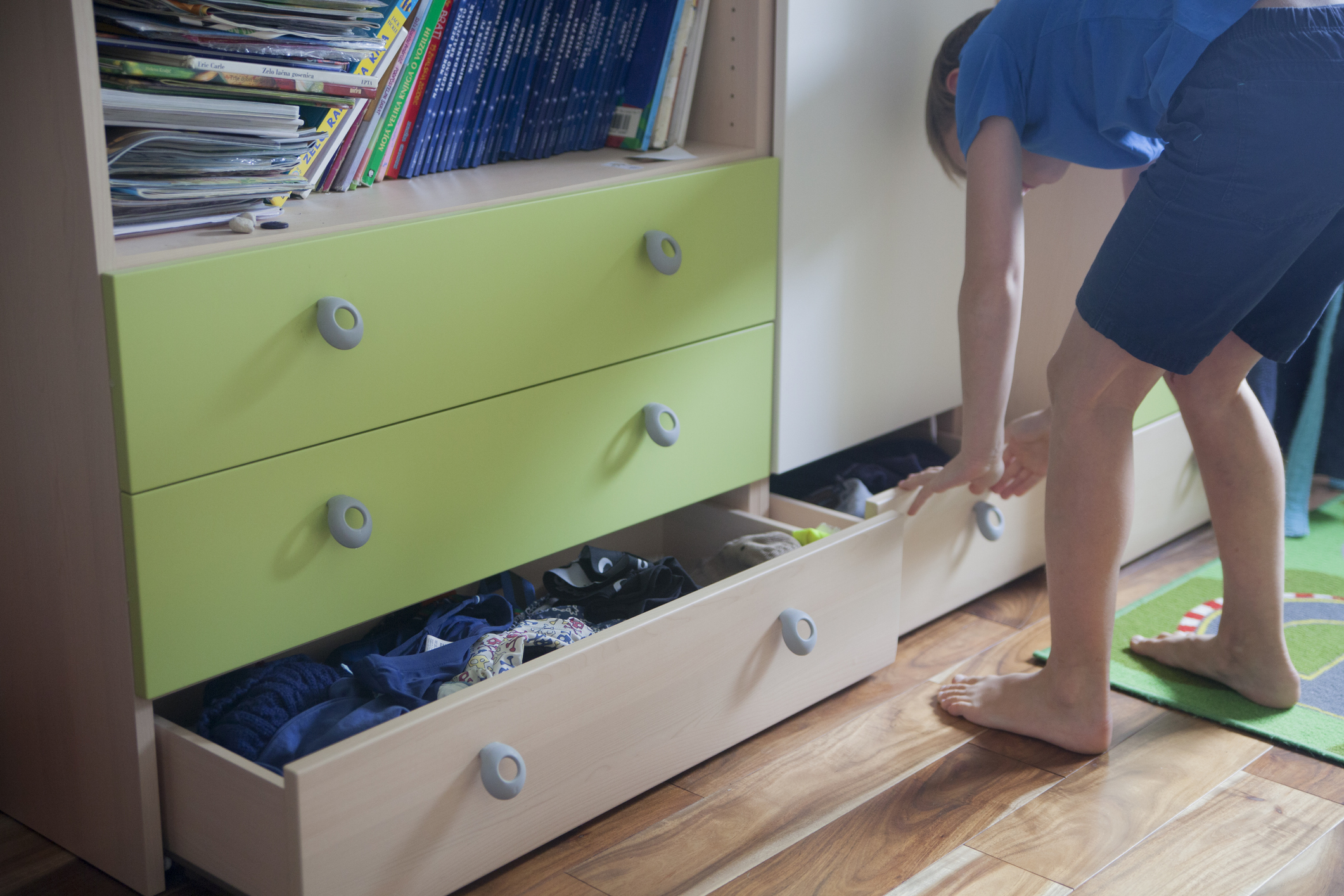
To say that changing habits or beginning new habits is difficult is an under-statement. It doesn’t come close to describing the effort people (and I’m including myself here) put into this task. Nor does it address the frustrations people feel when they discover they have unintentionally slid back to using the behavior they are trying to avoid. When that happens, we forget to be kind to ourselves. We scold ourselves and can think negatively about the choice to use the old behavior. If we truly want to replace an old habit with a new one, we need to understand backsliding and how to overcome setbacks.
What is backsliding?
I define backsliding as sliding back into a habit or behavior that you are trying to change. You can also say backsliding is reverting to old and familiar habits. Why do we backslide? It is simple, really. We backslide because we use our old and familiar habits when we aren’t intentionally thinking about using a new habit. It takes mindful practice to turn a new habit into one which we use automatically.
Here’s an example:
Let’s say that your old habit is to put something you’re using down instead of putting it away.
You want to create the habit of putting things away in the place you want to keep them so that they are easy to find.
When you put something down instead of putting it away, you will probably forget where you left it, and it may become buried under something else.
For instance: what happens when you need a pair of scissors to cut open a thick envelope? You know the scissors are in the desk drawer in the study. You go and get the scissors, bring them into the kitchen to open the envelope, use the scissors, and then leave the scissors on the kitchen counter instead of taking them back to the desk drawer and putting them back where they belong.
Common Triggers of Backsliding
When do people backslide?
In my experience people (including myself) slip back into old and familiar behaviors:
- when they are short on time
- when they are tired
- when they are interrupted in the middle of a task
If we take the example of the scissors, maybe they stopped to take a picture of the item in the envelope to post it on Instagram. The task of opening the envelope and then putting the scissors back was interrupted. They probably were so happy with the contents of the envelope that putting the scissors away slipped their mind.
It was easy to just leave the scissors on the kitchen counter. Plus, they were no longer mindfully practicing the new habit of putting things back in place.
Recognizing the Signs of a Setback
To recognize a setback, you must identify the habit you want to create and understand your motivation.
Let’s say the habit you want to create is to put things back where they belong after using them.
Your motivation for putting things back where they belong may be:
- to make things easier to find
- to reduce stress (it’s stressful to lose your belongings)
- to save time (when you know where something is, you don’t waste time hunting for it)
It’s ok to give yourself a pass every now and then.
Recognize that today (or right now) you’re not going to put this thing away. Because you have something else important to do. Acknowledge you are giving yourself a pass. Then tell yourself it’s for this time only. If you continually avoid putting things back, then you know you are backsliding.
Here’s the good news
When you are in the process of changing your behavior, you have already done lots of good work.
- You know which behavior you want to cultivate
- Your reasons for changing your behavior are clear to you
- When you recognize that you are backsliding you can start again
Strategies to Prevent Backsliding
Reminder notes and mantras are helpful in remembering the behavior you want to create.
Post reminder notes where they will be most helpful. Put a note on your bedroom door if you want to create the habit of making your bed every morning before you start work. It can be something simple like: Did you make the bed? Or Make the Bed!
There are all sorts of helpful organizing mantras you can memorize.
Here are a few of my favorites:
- Don’t put it down, put it away
- The floor is not an option
- Close the loop (this means finish the task)
- Later is not a time (if you’re not going to do something now, when are you going to do it?)
Use mantras, these or ones you create for yourself, to keep you on track.
If finishing the laundry by putting it away is a habit you want to create then using the mantra Close the Loop may help you. Laundry isn’t finished, you have not closed the loop, if you walk away with the laundry in the basket or on the couch waiting to be folded and put away. The same is true for dishes in the sink.
Use the acronym: CHAOS (Can’t Have Anyone Over Syndrome) to remind yourself that you want to avoid this. If your family room is starting to look disorganized or cluttered, get some things put away or do a little decluttering and avoid this feeling of CHAOS.
Conclusion: Embracing Growth Despite Setbacks
Understand that backsliding is just part of life. Everyone experiences backsliding when they are trying to do something differently. It is difficult and frustrating when you embark on the journey of changing a habit of behavior. But it is not impossible. It can be done by intentionally working on that one behavior.
Every time you experience a setback and start over you come to it with new information. You may have some insight into what caused the backsliding this time around.
Keep an open mind.
Use this new information or insight to guide you as you start again.
And – this is very important – forgive yourself. Above all, give yourself grace. Then (as the song goes) “… pick yourself up, dust yourself off, and start all over again”. Do this as many times as it is necessary until the habit becomes automatic.
Please feel free to reach out to me for help if you have any questions about backsliding or any other organizing challenge. Send me an email: dnqsolutions@gmail.com
Diane N. Quintana is the owner of DNQ Solutions, LLC. She is an ADHD Organizing Specialist, a Hoarding Specialist, and a Chronic Disorganization Specialist. Diane is also an ICD Master Trainer, Certified Professional Organizer in Chronic Disorganization, Certified Professional Organizer and co-owner of Release Repurpose Reorganize LLC based in Atlanta, Georgia. She specializes in residential and home-office organizing.


You always approach these kinds of issues with great sensitivity.
I have found that I’m most likely to backslide when I really don’t want to pursue the habit; it’s harder to stick with things when you care about the end result less than the freedom to avoid the task. I think you’ve done a great job prompting people to understand the “why” of their backsliding and helping them find solutions, but your guidance to forgiveness is the special sauce for getting past backsliding!
Thank you, Julie!
It happens to all of us. I was thinking about this topic as it relates to habit trackers. When you are “on a streak,” you want to keep going, and it is good accountability. BUT, it can backfire, because if you fall off the horse, and your streak is broken, you may be so discouraged that you just quit. I tell myself, “This is still important to me. The actual number of days in a row is less important than the TOTAL number of days.”
Great to forgive yourself and start again. Also, if its been awhile, there is no shame in hiring a professional (for the first time, or again), to snap things back into shape!
Yes, Seana! I thought about addressing that aspect of backsliding and decided I had too much to say – maybe a topic for next week?
One of the cues I use to put things back away is to leave the drawer or cabinet door open when I take something out. If the drawer where I keep my scissors is open, I know that they did not get put away and I will immediately do it.
I am forever putting things out where they do not belong as a reminder that I need to do some action.
Thank you, Jonda. That’s a great reminder strategy!
I love how you approached backsliding with sensitivity and practicality. You helped normalize a common situation that can cause frustration and self-deprecation. When you’re changing habits and behaviors, it’s not a straight path. There will be ups and downs. I think knowing this upfront is helpful. Deciding in advance that you will give yourself grace when you regress, having good strategies to help with your goal, and keeping going are key.
Several years ago, my husband and I changed our eating and exercise habits. There were ups and downs, but overall, we saw progress. We’re at the stage where we need a reset. We’re still engaged in many of the positive changes we made. But some habits that weren’t helpful have returned. Your post confirmed what I have been thinking. It’s time for a reset, and that’s OK. Backsliding is normal.
Thank you, Linda! Everyone backslides. It’s best if you can learn from the experience and then try again.
It can be so challenging to change those old habits. Using the scissors is such a good example. I loved the book Atomic Habits which has some great ideas for changing habits but still…… Backsliding can be a good thing too when we reflect on it. It can help us try get back at it and not give up on what we want for ourselves.
I agree, Kim. Atomic Habits is a fabulous book!